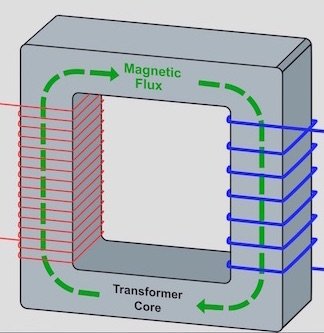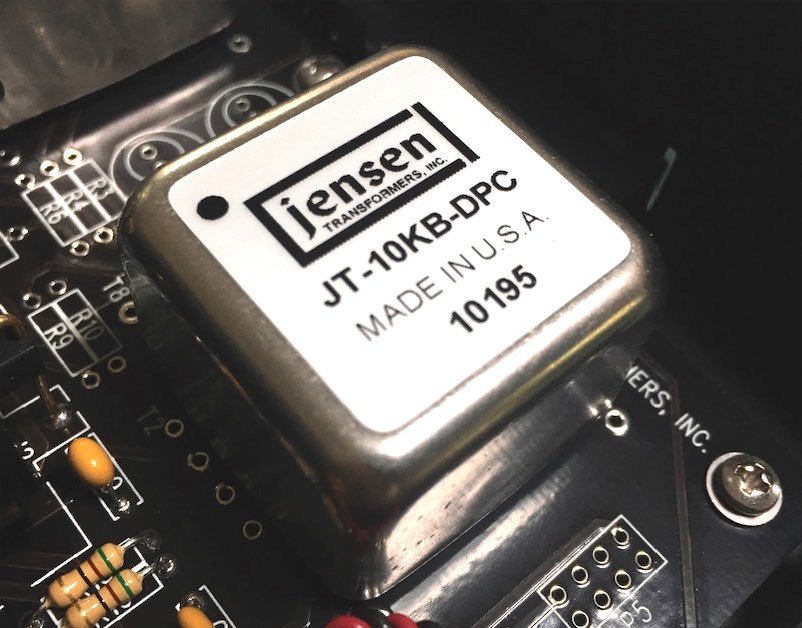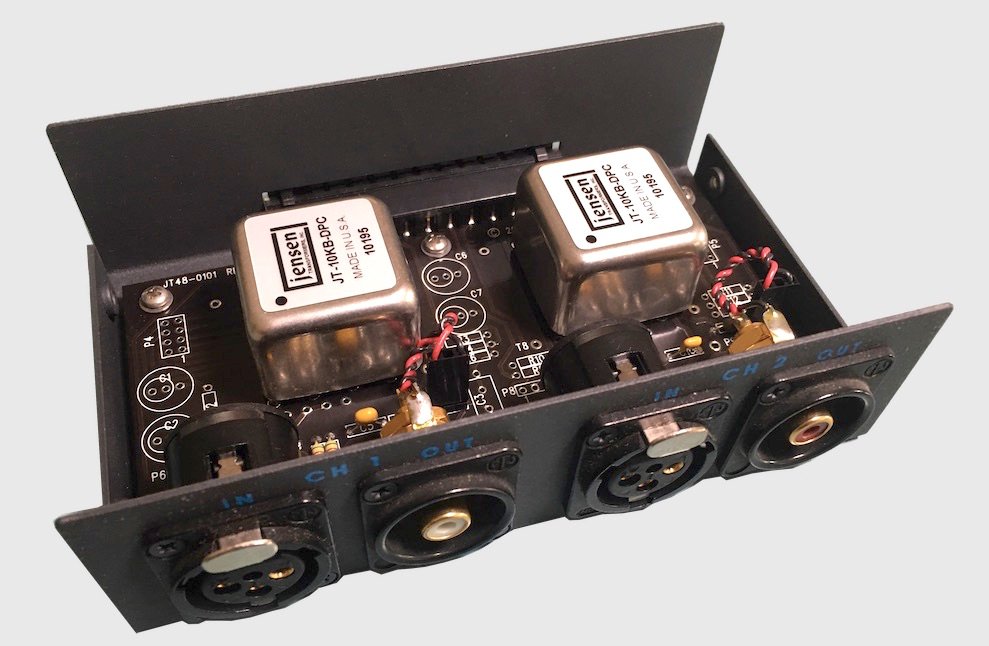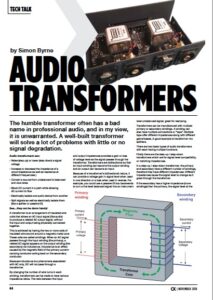News
19 Nov 2018
Audio Transformers

Subscribe to CX E-News
TECH TALK
Audio Transformers
by Simon Byrne.
The humble transformer often has a bad name in professional audio, and in my view, it is unwarranted. A well-built transformer will solve a lot of problems with little or no signal degradation.
Audio transformers can:
• Raise (step up) or lower (step down) a signal voltage
• Increase or decrease the impedance of a circuit (resistance as well as reactance at different frequencies )
• Convert a source from unbalanced to balanced and vice versa
• Block DC current in a path while allowing AC current to flow
• Electrically isolate one audio device from another
• Split signals as well as electrically isolate them (like a splitter or passive DI)
See… they can be damn handy!
A transformer is an arrangement of insulated wire coils that allows an AC input signal (like audio)
to produce a related AC output signal, without the input and output being physically connected together.
 This is achieved by having the two or more coils of insulated wire wound around a magnetic metal core. These coils are called windings. When an AC signal passes through the input winding (the primary), a related AC signal appears on the output winding (the secondary) via inductance. Inductance is an effect caused by the magnetic field of the primary current-carrying conductor acting back on the secondary conductor.
This is achieved by having the two or more coils of insulated wire wound around a magnetic metal core. These coils are called windings. When an AC signal passes through the input winding (the primary), a related AC signal appears on the output winding (the secondary) via inductance. Inductance is an effect caused by the magnetic field of the primary current-carrying conductor acting back on the secondary conductor.
Because inductance is a phenomena associated with AC only, DC will not pass through a transformer.
By changing the number of wire turns in each winding, transformers can be made to have various impedance ratios. The ratio between the input and output impedances provides a gain or loss of voltage level as the signal passes through the transformer.
Transformers are bidirectional so that an input winding can become the output winding and an output can become an input. Because of a transformer’s bidirectional nature, it can provide a voltage gain in signal level when used in one direction or a loss when used in reverse.
For example, you could use a passive DI box backwards to turn a line level balanced signal into an instrument level unbalanced signal; great for reamping.
Transformers can be manufactured with multiple primary or secondary windings. A winding can also have multiple connections or “taps”. Multiple taps offer different impedances along with different gains/losses. A good example is transformer mic splitters.
There are two basic types of audio transformers with each having multiple functions:
Firstly there are the step-up / step-down transformers which are for signal level compatibility, or matching impedances. In a step-up / step-down transformer, the primary and secondary have a different number of windings, therefore they have different impedances. Different impedances cause the signal level to change as it goes through the transformer.
If the secondary has a higher impedance (more windings) than the primary, the signal level at the secondary will be a higher voltage than at the primary.
A transformer with multiple taps provides access to multiple impedances and to different signal gains or losses. Many microphones have step up transformers at their output. For example, inside of every SM58 microphone is a transformer that steps up the signal level and matches the impedance before it exits the microphone. It has the added benefit of blocking phantom power (which is DC) from making it to the capsule, which would probably cause damage.
Then there are 1:1 transformers which are used for DC blocking, Radio Frequency Interference (RFI) blocking, as well as ground lift and device isolation.
 A 1:1 transformer has the same number of windings on each coil. As the impedance is the same for the primary and secondary, the signal level does not change. A 1:1 transformer allows an audio signal to pass unmodified from the primary to the secondary while blocking DC voltage and radio frequency interference (RFI).
A 1:1 transformer has the same number of windings on each coil. As the impedance is the same for the primary and secondary, the signal level does not change. A 1:1 transformer allows an audio signal to pass unmodified from the primary to the secondary while blocking DC voltage and radio frequency interference (RFI).
Also, since the primary and secondary are insulated from each other, a 1:1 isolation transformer will electrically isolate different pieces of equipment. This can solve 50Hz earth loop hum problems by isolating (“lifting”) the grounds of different devices.
Other 1:1 transformer applications include multiple outputs from a single mic input by using multiple secondary windings (a mic splitter), and changing unbalanced signals to balanced (a DI Box) or vice-versa, such as an input on a mixing desk.
The balancing attributes and noise rejection of a well-made transformer input is impressive. The common-mode noise rejection of an input transformer is about 1000 times that of most “actively balanced” input circuits, giving the transformer about 60 dB better ground noise rejection in the real world. So if you have long microphone level lines picking up induced noise, a transformer on the input will clean that up.
If transformers are so great, why do they have a bad name?
It comes down to cost, and good transformers cannot be made cheaply. There are no shortcuts in making quality transformers, so they are expensive. Therefore, an expensive transformer will have a flat and wide frequency response. A hotter input signal can be put through an expensive transformer without saturating it. Expensive transformers are also shielded much better which reduces pickup of hum and interference from outside sources.
Not only does the shielding keep unwanted signals out of the transformer, it also keeps the desired signal within the transformer. Many inexpensive transformers have no shielding while expensive transformers may have multiple shields.
So don’t write the humble transformer off. Well-made transformers solve a lot of problems in audio with little or no downsides.
From the November 2018 edition of CX Magazine. CX Magazine is Australia and New Zealand’s only publication dedicated to entertainment technology news and issues – available in print and online. Read all editions for free or search our archive www.cxnetwork.com.au
© CX Media
Subscribe
Published monthly since 1991, our famous AV industry magazine is free for download or pay for print. Subscribers also receive CX News, our free weekly email with the latest industry news and jobs.






